|
Breathe in... You can imagine me coughing and spluttering about now. Our garden is being taken over by weeds and giant plants.
If you've been with me for a year or more, you might recall that I basically boycott the garden in July and August. It's ridiculously, insultingly hot, humid, and buggy. Late June is close enough. But even during the most uncomfortable time of the year, I can't ignore this garden completely. It's small and both the front and back are on display year round. The hedge begins to look as though it has lost its freaking mind. The east side appears to consist almost entirely of lantana. It's not supposed to. Then there's a shrimp plant and some sort of ferocious, salvia-looking plant that I can't identify battling it out in a corner. Weeds, well... One interesting note is that while seasonal annoyances are making their usual bids to take over the garden, they have a lot of competition from the giant plants as well as volunteers like basil. In our back garden, cinnamon basil is EVERYWHERE! During a storm, our one Mexican sunflower plant sort of...fell. Yes, that would be the right word. It's now hovering over the mass of basil that has taken over one of the raised vegetable beds. There were a couple of tomato plants on that side of the bed as well as some peppers. I think. But from the house and even from the patio, I can't see them. Pushing my scooter over the uneven terrain for closer inspection is not worth the risk. After two years of foot surgeries, I have two weeks left. I can wait. You know, gardening is my passion, not my husband's. Joseph enjoys the harvest and doesn't balk at big jobs like creating beds, trimming trees, and making repairs. But he doesn't love it. This past weekend, he had a long list of things to do and only so many hours to spare. Yet he gave his precious free time to the garden. He weeded the raised vegetable beds, trimmed roses, and took photos. Let me rephrase. Joseph gave up his precious free time to work under the broiling sun for me. Sigh. My hero. I might have to copy this post to my romance blog.
0 Comments
Isn't that spectacular? Tiger lilies -- Lilium lancefolium or Lilium tigrenum -- absolutely earn their place in the garden. These babies don't have a scent, but even to me -- I've planted fragrant herbs all over the place -- their striking beauty is worth any space we can afford them.
One of my bad gardening habits is that I'm really terrible about popping bulbs into the garden without noting the location. It becomes a problem when I plant something right in the middle of some bulbs. Towards the end of last year, I found I had to dig up more than twenty bulbs while trying to balance out the garden with some year-round greenery. Surprise! These weren't all in one place. While I had no doubt that I was the one who had purchased and planted the bulbs, I no longer recalled what kind of bulbs they were. If I knew, I wouldn't have planted the tiger lilies in front of a curbside bed. They're beautiful, but they're too tall and spindly to be at the front of a bed. I will move them again once their season is over. Let that be a lesson to you -- I mean me! Native to Asia, these plants aren't invasive and add an interesting splash of color in the garden. What to expect from them: In mild climates, they bloom mid to late summer. They only bloom once a year, but each plant can have as many as ten flowers. They are not tender or picky plants, but they have their preferences. For best performance, they need moist, well-draining soil, sunshine, and some protection from afternoon sun. They're not known to be particularly aggressive, but they will multiply. They usually grow between two to five feet tall. So, our curbside beds face south and are generally dry. I could not have chosen a worse place to plunk down those jewels! But now that I know firsthand how gorgeous they are, I will probably add more to the garden. I'll find some area to plant them all together. Won't I? Of course I will! Happy Gardening! Hello from hot, soggy southeast Texas! Wow, have we had lots of rain!
Not that I would go outside, anyway. I have graduated from a giant, protective splint to a cast, but I'm not overly confident about my left leg/foot leading. Moreover, between heat, storms, and bugs, I'm not overly tempted to venture out on my own, either. It's a boon when wildlife comes to me! I love birds, and I find backyard wildlife charming. I was thrilled to see this heron right out our window, strutting along the fence. He's a Yellow-Crowned Night Heron. I had to look him up, convinced he was a rare sight. While he's uncommonly handsome -- I say "he" because he looks to me to be wearing a suit -- he's not an uncommon bird in our southeastern states. Driving me to get my cast, Joseph pointed out several in fields along the way. In fact, we saw so many that we were laughing about it long before the drive was over. So again, not rare, but certainly handsome. And good news! Joseph gave in and allowed the doves to roost! It's not as though we will be lounging around on the patio. When it's not storming (as it has been for much of the past several weeks), it's unpleasantly hot and buggy. Also, I might have mentioned how much I enjoyed watching them from the window since my movements are limited, but only in passing. I've also been requesting garden photos between thunderstorms and floods. I never said I am easy to live with! I miss my garden, but it's there, keeping me company. Tagetes lucida aka Texas Tarragon Usually, when I think of an herb garden, I have visions of lovely knot gardens, an expansive kitchen garden, and sometimes I even see with my mind's eye a medieval monk carefully tending a small plot of land.
Different scenarios, yes, but always a specific patch, box, or space. Except where my own garden is concerned. When I say "my herb garden" or "our herb garden", I'm referring to all the herbs growing out there as a collective. They're growing in almost all the raised beds, in pots, and directly in the ground, along the back hedge, and in the welcoming garden. They're all over the place and I couldn't be happier. What can I say? I love herbs. I love their fragrance, their usefulness, their history, and their wild beauty. "Wild", you may ask? I think it's the right word. Widely-cultivated as they are, many of our favorite culinary herbs grow abundantly in the wild. Mediterranean herbs like lavender, basil, oregano, and rosemary thrive in the dry summers of the Mediterranean coast. They don't like humid conditions. While parts of Texas are dry, southeast Texas is humid year-round. Very humid. All the same, the herbs soldier on. For the most part, well-draining soil and a sunny, open location make these tough plants happy enough. As of now, our herb garden boasts zataar, marjoram, a few different thymes, a few different basils, culinary sage, and plenty of other sages. There's lemon grass, anise hyssop, lavender, and rosemary, Apple mint is barely contained in a large, raised box. Speaking of barely contained, one variety of basil is coming up everywhere this year. I think it might be Cinnamon Basil? I'll certainly transplant a few, but we will likely have to pull a great many. For now, I don't mind it any more than I mind purslane. Purslane, by the way, might be considered a weed by lots of gardeners and even more non-gardeners. But it's an herb and a superfood, rich in omega-3, and delicious in salads. It will attempt to blanket our raised beds throughout the warm season. We'll fight our traditional losing battle against its domination. But as long as it doesn't choke out anything -- and it usually doesn't -- we'll also leave much of it alone. It's just easier that way. It's actually a very efficient green mulch. It's not even May yet, of course. July will look very different! Ha. I really can't stress that enough. For now, I'm going to hang onto the dazzling image of our garden overflowing with flowers and edibles! Happy Gardening! The garden in spring... Looking around, I am pleased to see fruits. Wildlife and weather usually take a significant toll on our harvest, but perhaps this year there will be enough peaches for all of us.
Figs look promising, too, and even our small persimmon tree has more than a couple of fruits. Pepper plants have begun to yield even though the plants are still small. We'll eventually have to stake many of them. Our one tomato plant, a cherry variety, is comically tiny, but it seems to always have an offering. Our blackberries have never produced much while trying to take over our garden and, possibly, the world. We tried to yank them, which I regret it because, well, that's very nearly impossible. Tenacious doesn't begin to express their staying power. Ah, well, what can I do but salute them? I only wish they'd give us berries. But they won't, especially this year. It's all new wood. Our few grape vines are growing, untrained and exuberant. This year, we even have a volunteer wild grape growing in our front garden. We'll have to get them all under control! We eat the leaves (stuffed grapeleaves) and never really worry about the grapes, which is just as well as birds and possibly other creatures harvest them long before we can. There is work to be done. It's a happy prospect. Wishing you beautiful days ahead! Can any garden resist Spring? Mine certainly can't. Even with gentle neglect, flowers are blooming, seeds are sprouting, and on the whole, it looks a lot less embarrassing than it did a month ago. That's not to say there aren't weeds. There are so many! And I won't be keeping up. I'm hoping that the flower seedlings will be able to take care of themselves. Zinnias are pretty dauntless, after all. But I will have to keep an eye on the vegetables. I want to show you the progress, but you wouldn't be impressed with the small seedlings fighting fighting for their lives against the weeds. I wanted to write a post about the hedge, but it's really not much to see or talk about just yet. So... Let's enjoy a few blooms! Bulbs have always been great around this garden. Powerhouses. Roses haven't fared nearly as well, but those that have survived are grand performers. There's one, Belinda's Dream, that even fades magnificently.
The deciduous plants have leafed out. Those that died to the ground in winter, like lantana and salvia, are back and clearly preparing a takeover. We'll probably work in the garden this weekend. And isn't that a happy thought? Happy gardening! :) To plant a garden is to believe in tomorrow. -- Audrey Hepburn "Going forward...I mean to minimize." HA! DOUBLE-HA! As if... It's Spring! What gardener could resist? We spent a glorious time in the garden this past weekend. The weather was cool and sunny and there was a constant breeze. We weeded, sowed, transplanted, and moved a few things around. So much fun. Then a grandfather and his beloved granddaughter enjoyed some quality time together. At one point Saturday, Joseph looked at me and asked, "How can we take it (the garden) out?" Despite my upcoming surgery and his lack of gardening time, we agreed that we can't. At least, not now. I wasn't ready, anyway.
We could feel differently by mid-summer, but in July and August, ambivalence towards the garden is nothing unusual. In any case, that's months away! True, it won't be a usual season for me. In a few weeks I will have another and hopefully final foot surgery. Since that will have me off my feet and out of the garden for at least two months, I've decided to try something different this season. In the past few days, I've sown flower seeds here, there, everywhere! I also popped herbs into almost every raised bed. I love fragrance in the garden. Joseph sowed cucumber, mehti, and squash seeds. Hopefully, we'll have a good harvest before it gets too hot. I was in charge of pepper seeds and plants. Colette broadcast sunflower seeds, which we've never tried growing before. Wouldn't it be great if they sprout before our neighborhood cardinals discover them? I'm hoping for a nice jumble of herbs, flowers, and vegetables. If even half the seeds we sowed this weekend sprout, it should be interesting. And our little garden/nature photographer took plenty of photos. I believe I will be calling upon her to do so again in the next few months. The giant plants will be huge this year. The garden will be outrageously weedy by mid-summer. But it's worth it. Our grandchildren enjoy it. We enjoy it. We cannot replace the beautiful times spent out there, nor should we forget the birds and pollinators. And if those flower seeds sprout... Happy Spring! I don't know if you're aware of this, but when a gardener can't garden, it's depressing. Certainly, if you're a gardener, you know. That being the case, you can imagine that I've been rather sad. But this past weekend was a miracle! Late Sunday afternoon, I actually transplanted a few herbs and peppers from the nearby garden center. I was rewarded with mosquito bites, one ant bite, and a great feeling of satisfaction. But that was just a half hour of transplanting. Earlier this weekend, I had the gift of children in the garden. That was the miracle. I didn't ask our little grands to spend time out there. Lately, I haven't found it a very inspiring space. But they didn't comment on the garden's poor appearance. Rather, they busied themselves, playing, laughing, and reminding me that there's still beauty out there. Once our granddaughter Colette, age 10, finished filling the birdbath and taking a good look around, she decided to snap photos. I didn't think much of it, didn't think there was much to photograph, but I enjoyed watching her. Oliver, in his sweet, nine-year-old boy way, found two dozen different ways to have fun with the water hose. But first, he took it upon himself to do some watering, even dragging the hose to take care of the patio boxes -- no easy task and all his idea. Colette is a gifted young artist, and she's also interested in photography. I was surprised and pleased by her photos and asked her to make a reel for Instagram, which she did. From Colette: Gardens give joy, peace, purpose. But children, so precious, give much more. It was Colette and Oliver who brought a smile to my face and my heart and, I believe, to our garden.
Love and innocence. God bless them and all children everywhere. “For everything there is a season and a time for every activity under heaven. A time to be born, and a time to die; a time to plant, and a time to uproot what is planted.” Ecclesiastes 3:1-2 Poor garden! I would weep if I thought it would help. But it won’t and, anyway, there’s more going on than meets the eye. Lots of plants that went dormant are showing signs of waking. Little green leaves are peaking at the base of the sticks. There’s a flower here and there. Squirrels and birds are a lively presence. Still… It’s pretty barren out there at the moment. I wasn’t able to plant seasonal annuals. Flower seeds didn’t sprout – I think due to lack of water. And I wasn’t there to water where the sprinkler missed. There’s a lot of bare soil. Change is in the air. Going forward this spring, knowing that I will have another foot surgery soon, I mean to minimize. Tidy and low-maintenance are my new goals. Hardly my usual, but this year, it feels necessary. I’m the gardener. Joseph doesn’t have time, and he will have even less when I’m once again in a splint, then cast, then boot. I hope to be in recovery by high summer, but in southeast Texas, that’s not the best time to garden no matter the circumstances. And Fall? We hope to travel. Time to simplify. I think we might remove a lot of the giant plants. Much as I love salvias, for example, and gorgeous as they are in spring, they aren’t carefree. Once summer hits, they can quickly become a gigantic, overgrown mess that continues growing well into fall. The plants below -- lantana and salvias -- won't be easy to remove. The root balls will be HUGE. I personally don’t mind a bird garden, but left unchecked, it easily becomes unacceptable by HOA standards.
Game Plan: Hire help to remove giant plants, weed, and mulch. That's work I can’t do right now, and Joseph doesn’t have time for. Still trying to decide if we’ll keep ALL the raised boxes. I want them. He’s not so sure. I’m not upset. Well, not entirely. Gardens are ever evolving, after all. There are even things I’m rather excited about. Some beds need a few new plants, so there’s that. And I have plenty of optional spaces for annuals, not to mention room for herbs and possibly some vegetables (even if we take out the big box). It’s a season within a season in our lives. Who knows what’s next? Wishing you joy in your garden this spring! A beautiful day! I’m looking forward to sitting out on the front porch and enjoying the weather. It is glorious!
I can only observe my garden right now. I’m not comfortable traveling on my scooter over a multitude of acorns, uneven sidewalks, and tree roots. I am hazardous just in our house. It sounds feeble, especially to me, but I’ve had a few close calls and I do NOT wish to prolong this particular sojourn. As for merely observing the garden, of course it’s frustrating. We’re approaching the middle of the best half of the year for gardening. I can only hope I will be able to spend a little time out there before the next surgery. I'm hugging that hope and it's a comfort. Hope always is! In the meantime, I can enjoy from a distance. It would not be a pleasure if I didn’t love the outdoors so much. But I relish the cool, refreshing temps and sunshine and take pleasure in watching garden variety wildlife. A week or so ago, there was a squirrel who appeared totally ready to launch himself at me. He sat glaring at me from the oak tree, pretty much shouting. It was a standoff that I won, but I must admit he had me wondering for a moment. I have yet to plant or sow cool season annuals. Well, except for nasturtiums, which are proliferating in a pot outside our bedroom window. I did not mean for them to stay in the pot. They need transplanting. Hmm…we shall see. In any case, some of our roses are blooming spectacularly and the vegetable garden appears to be thriving. Weeds aren’t too bad, which is certainly a temporary situation at best. But I’ll take it! And trees in our area are just now – quite reasonably – turning colors and dropping leaves. Our one young maple tree is a glorious gold. So much to enjoy. Praise the Lord of Creation! Wishing you a beautiful time in your garden! |
Our GardenFor years, my husband and I worked at creating a series of gardens on our four-acre lot in a rural, Texas subdivision west of Houston. I have to say, it was a fantastic experience. Now, I have a pocket garden on a golf course. Archives
June 2024
Categories
All
NewsletterFrom me to you with a smile. Thank you!You have successfully joined our subscriber list. |


























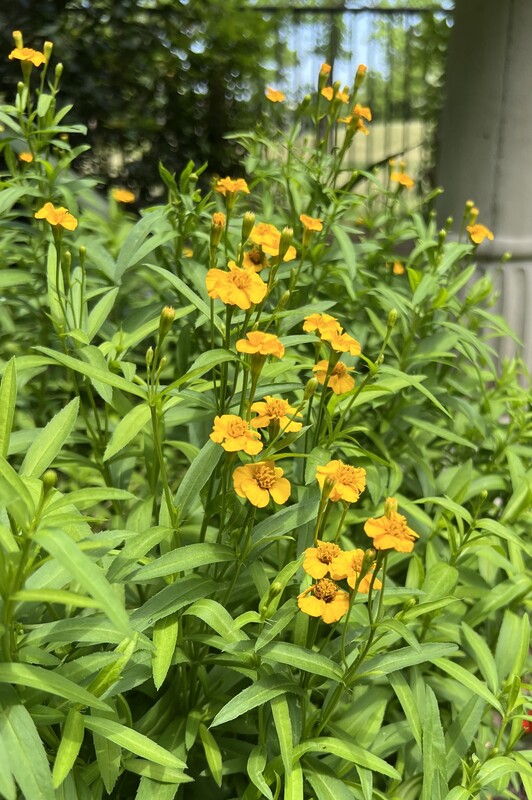








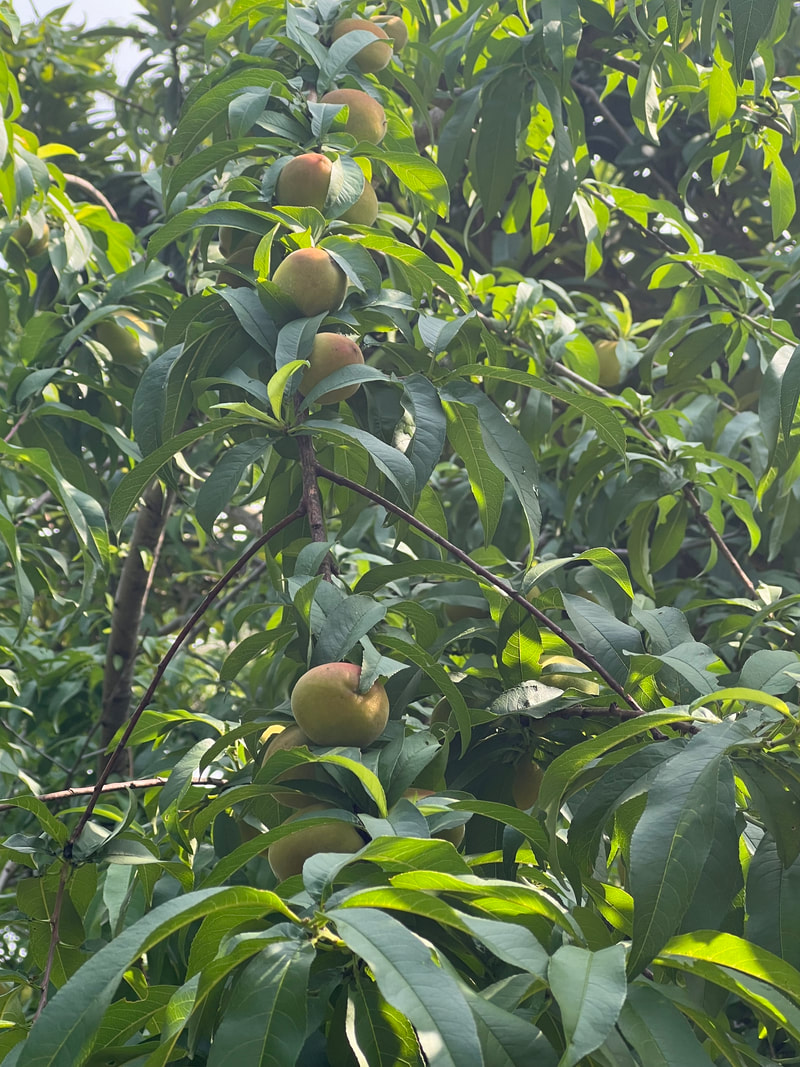








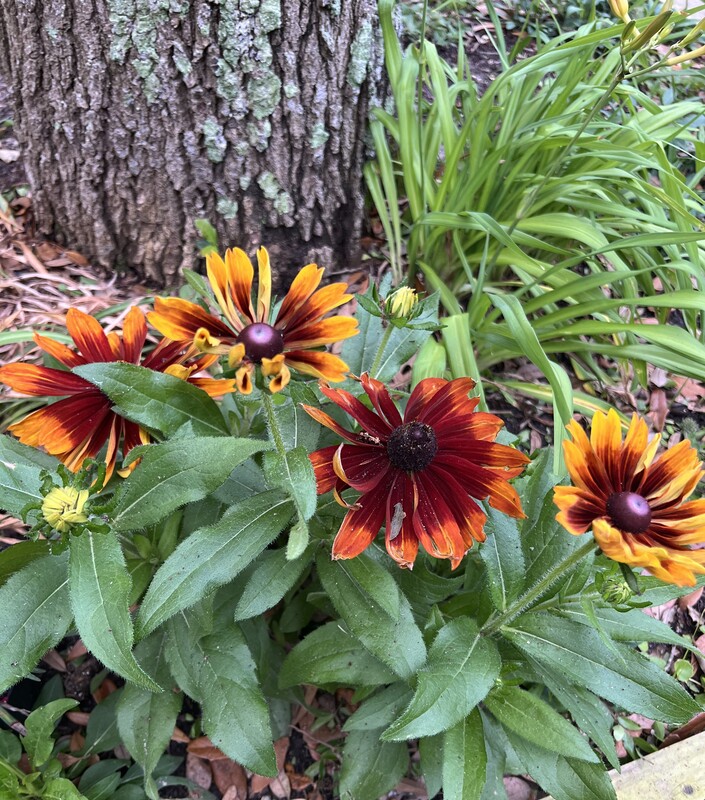
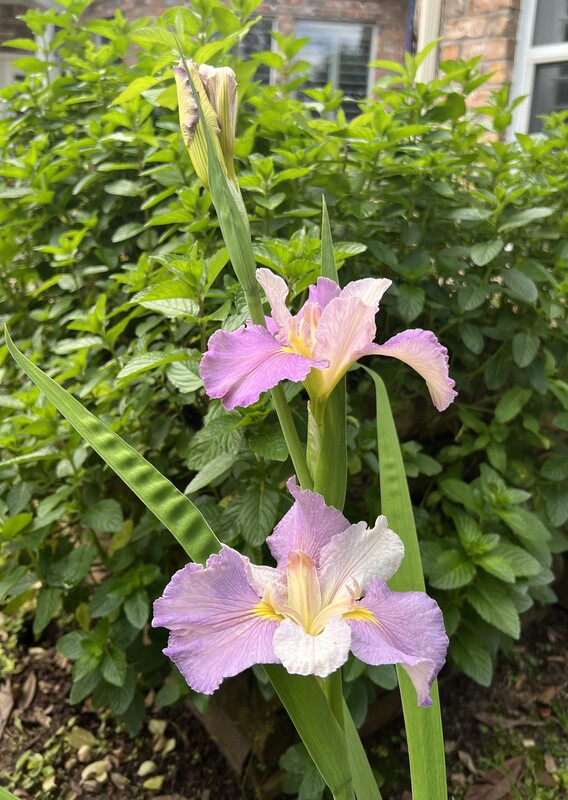
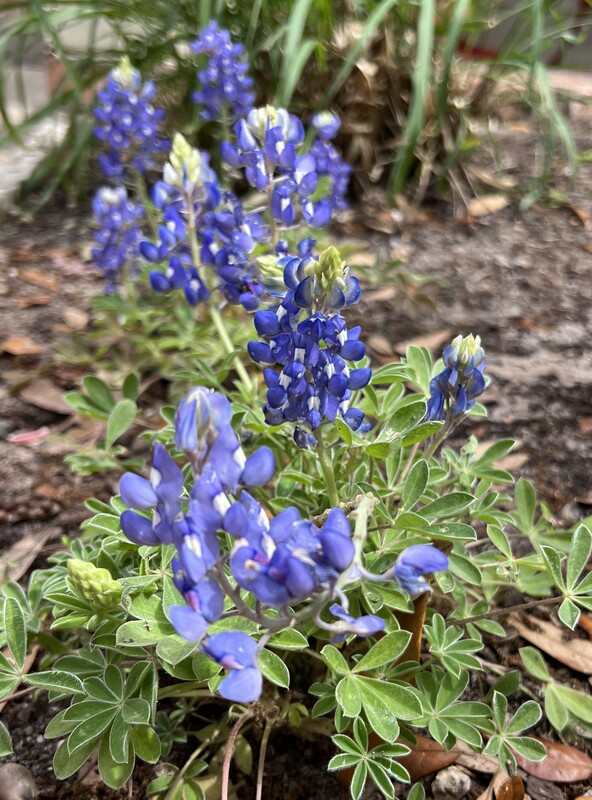
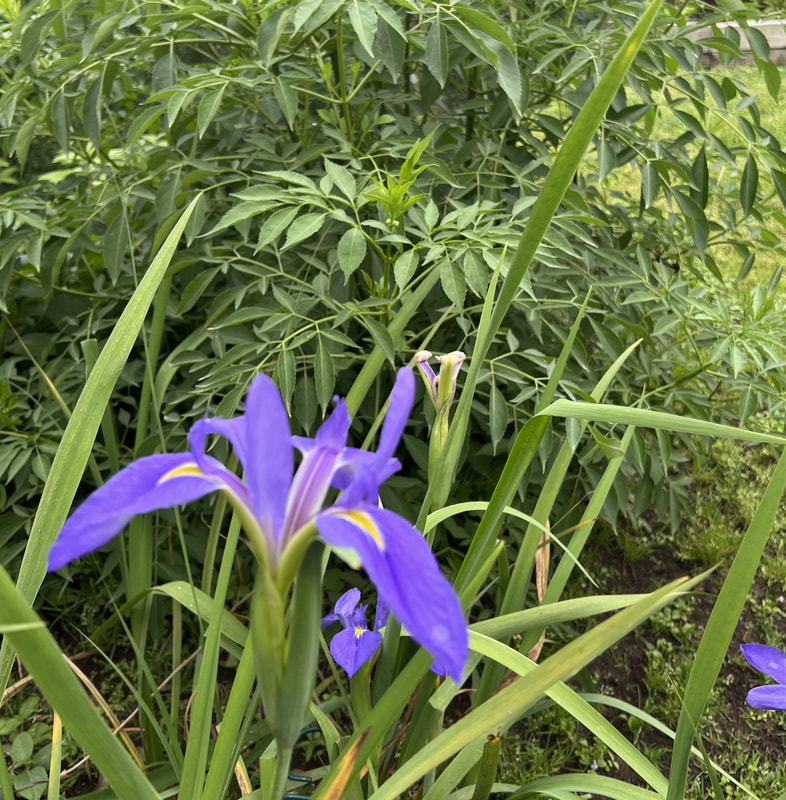
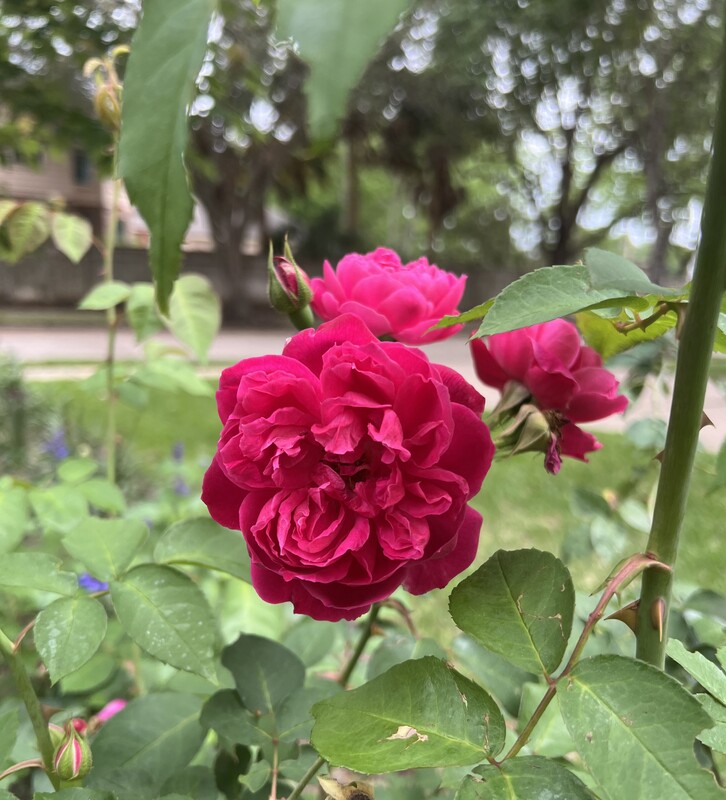
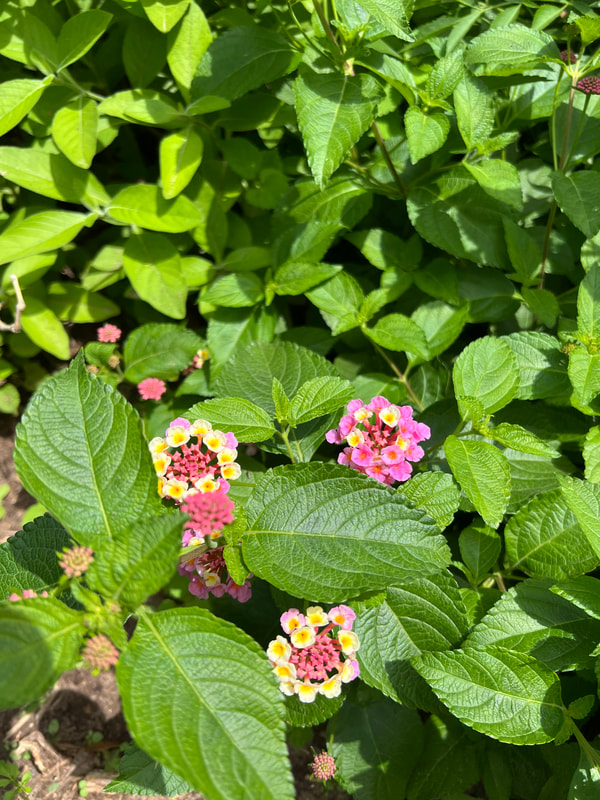
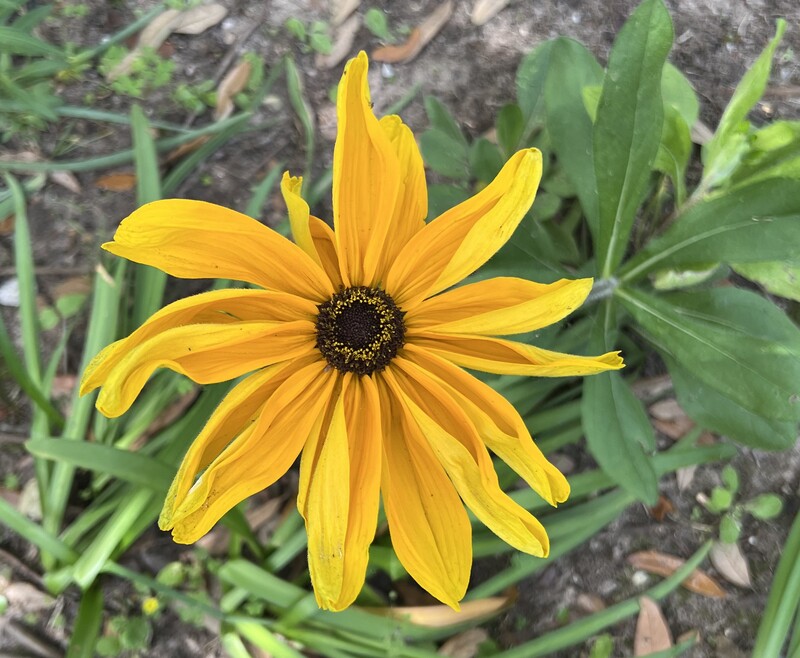
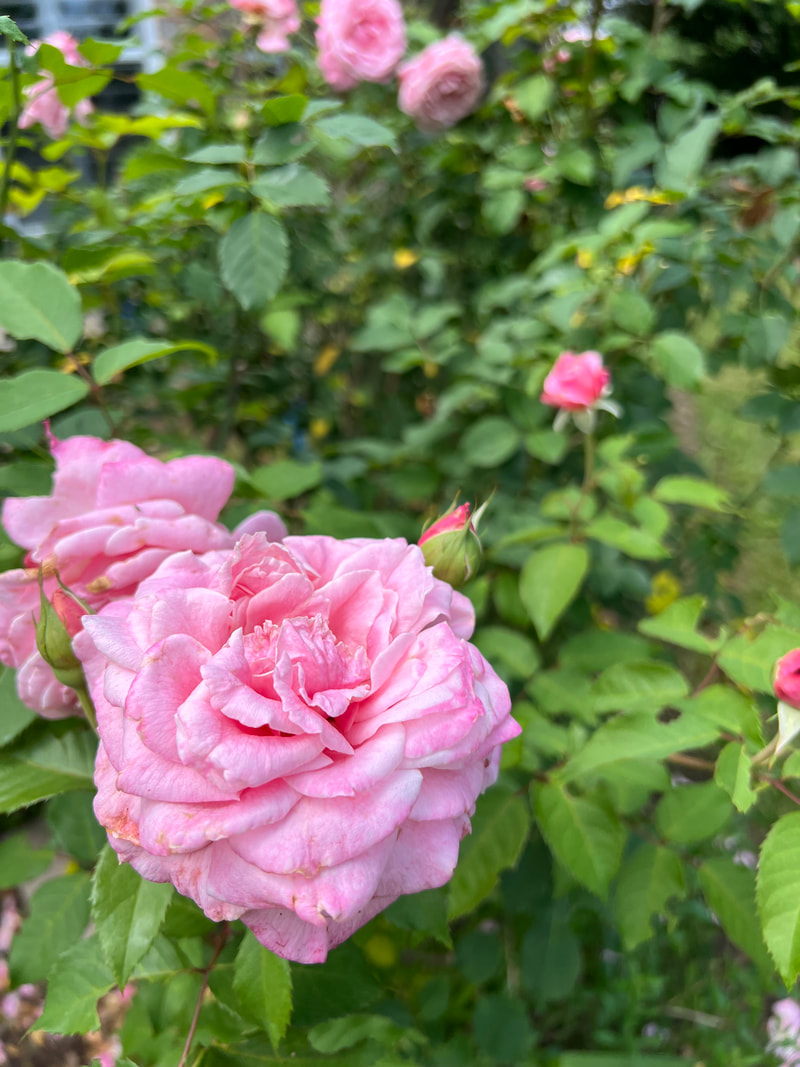
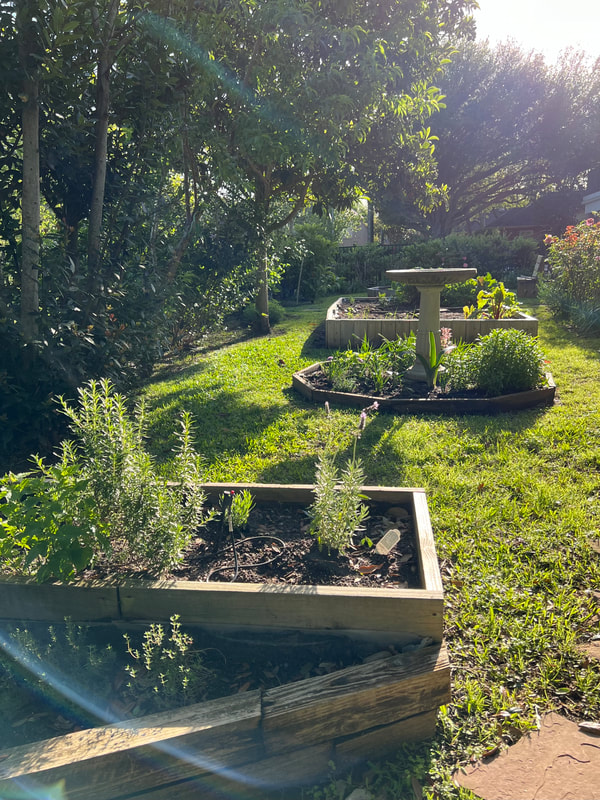
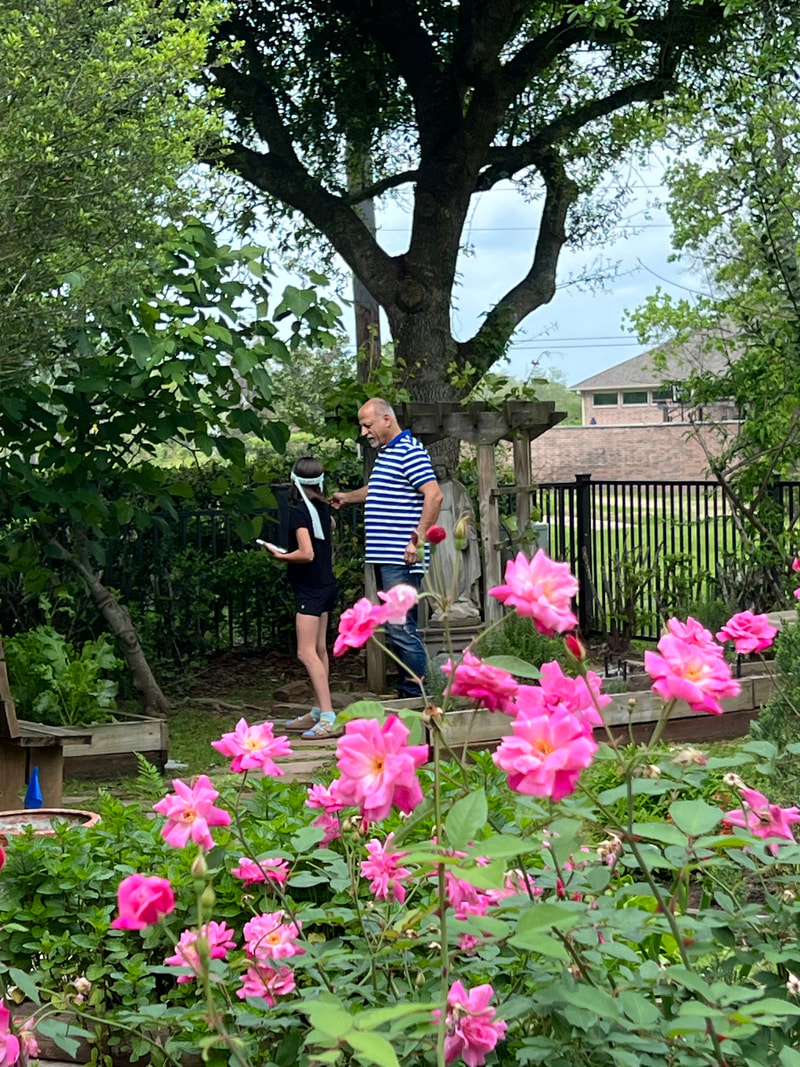
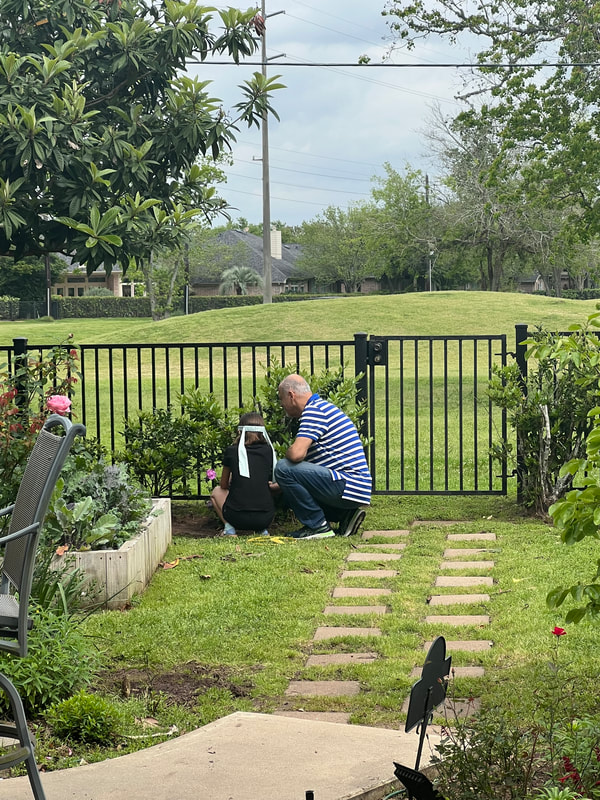
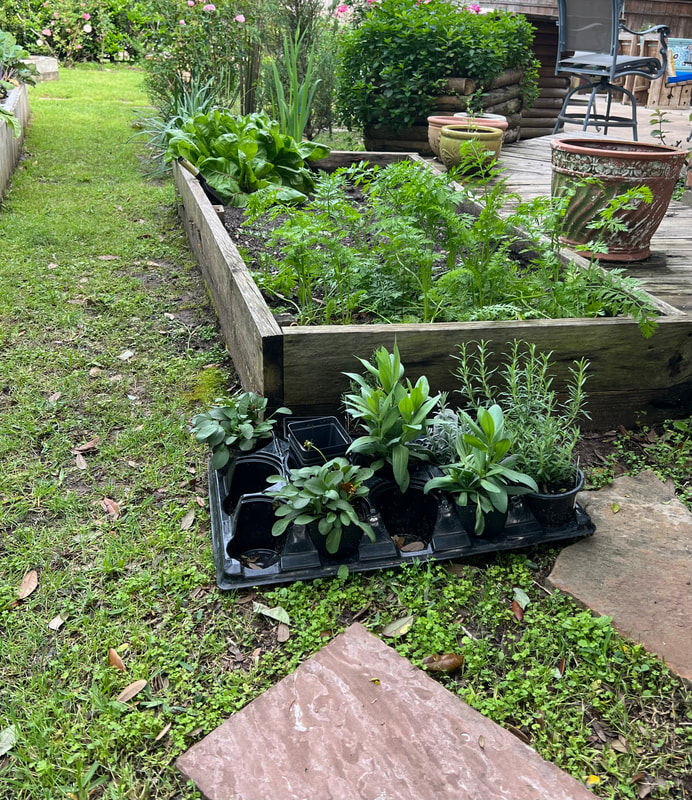
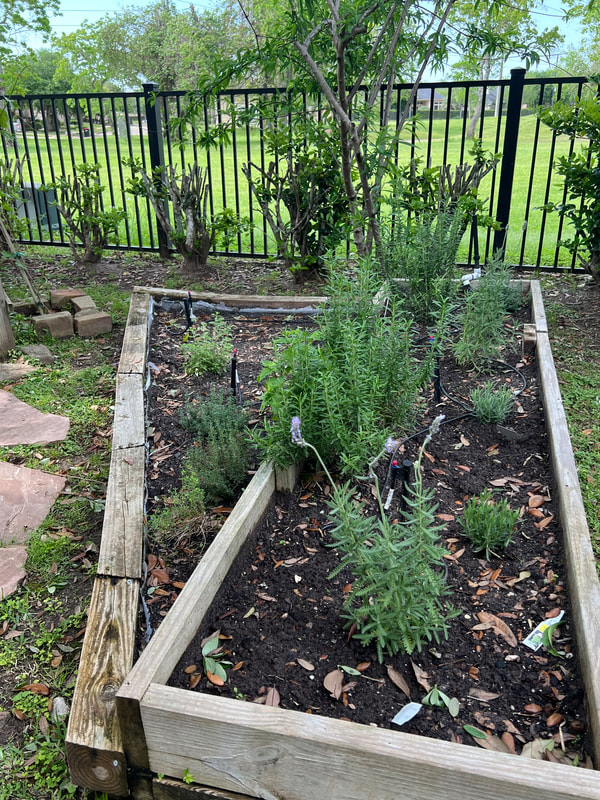
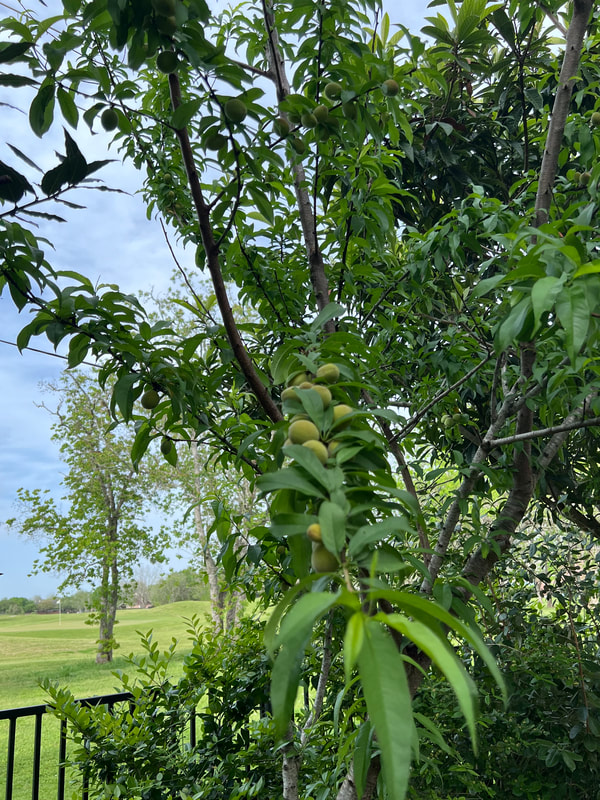

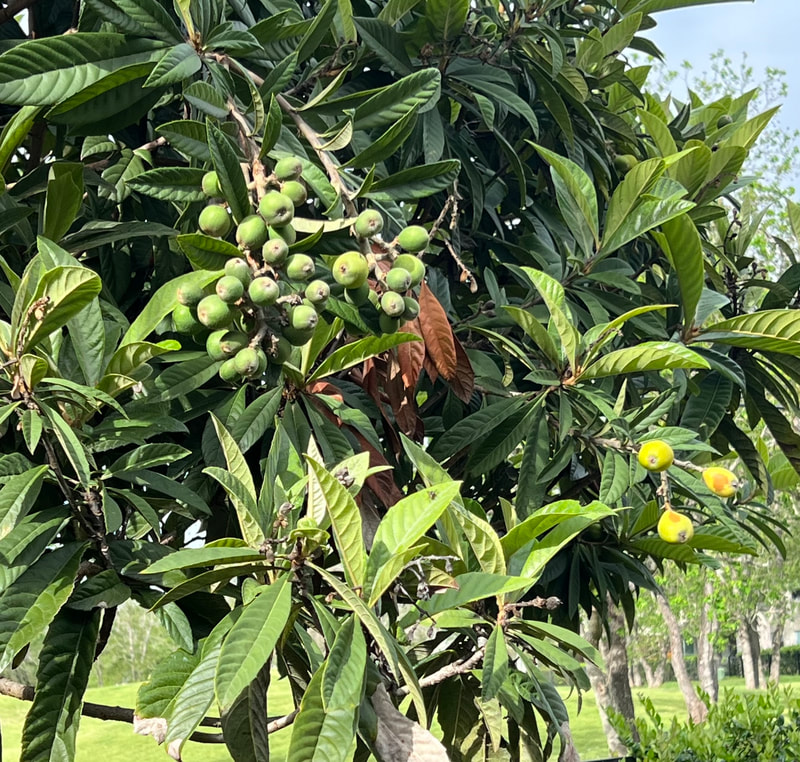
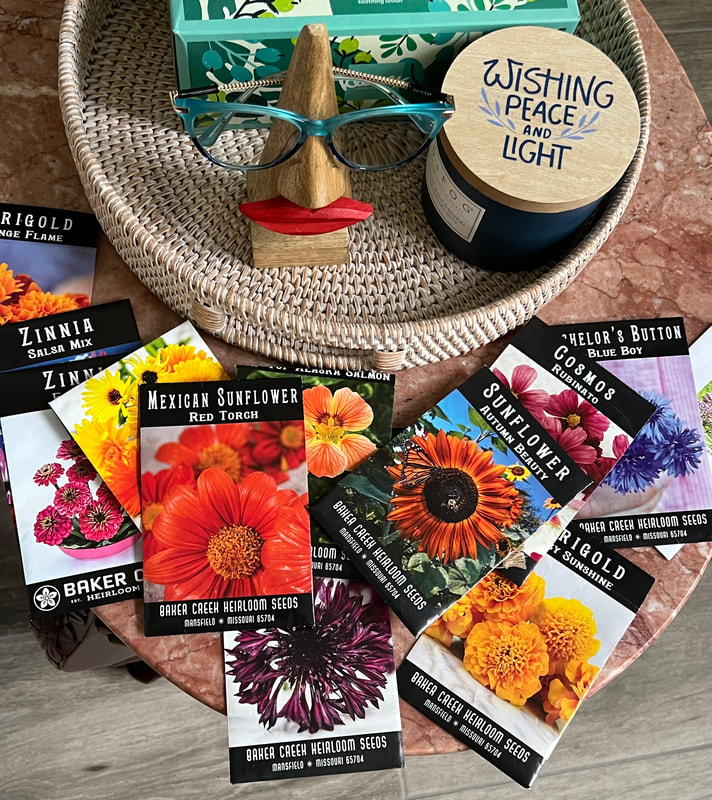

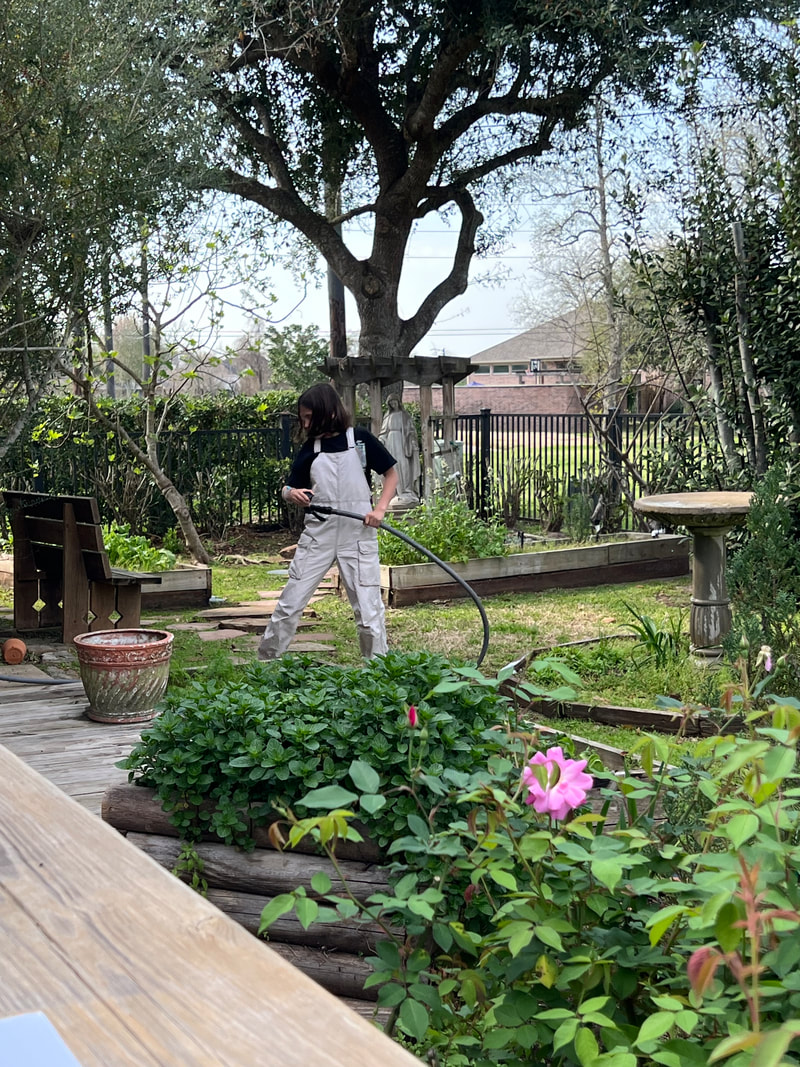
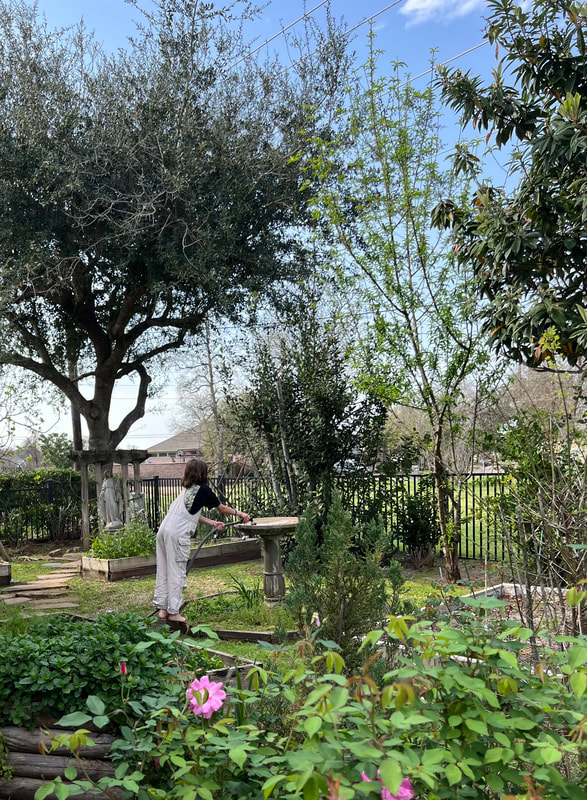
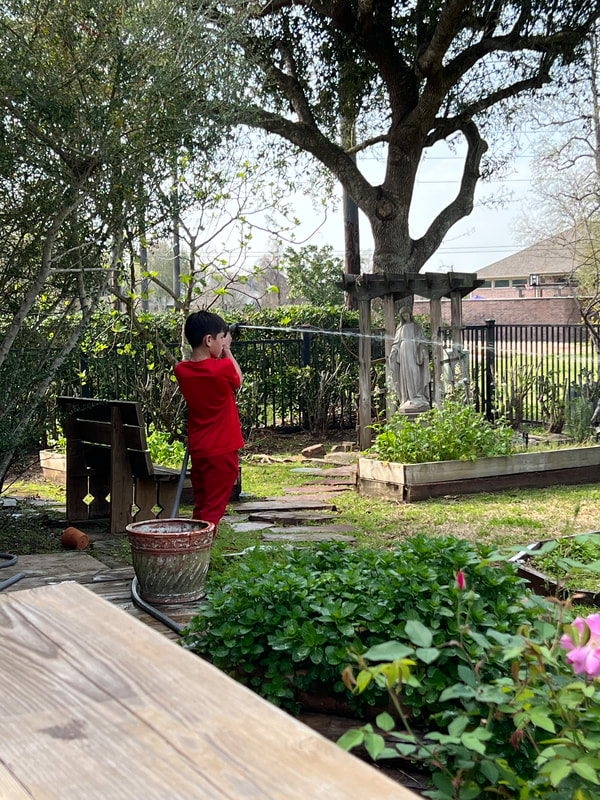
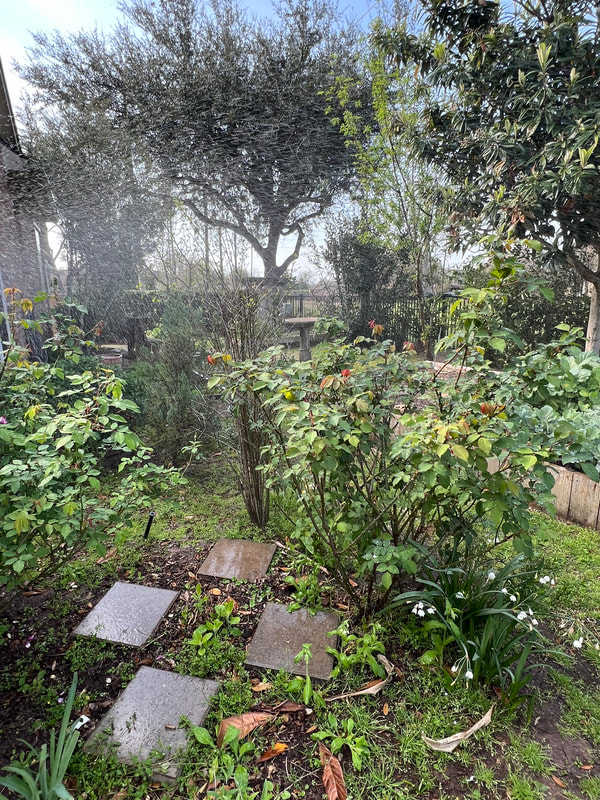
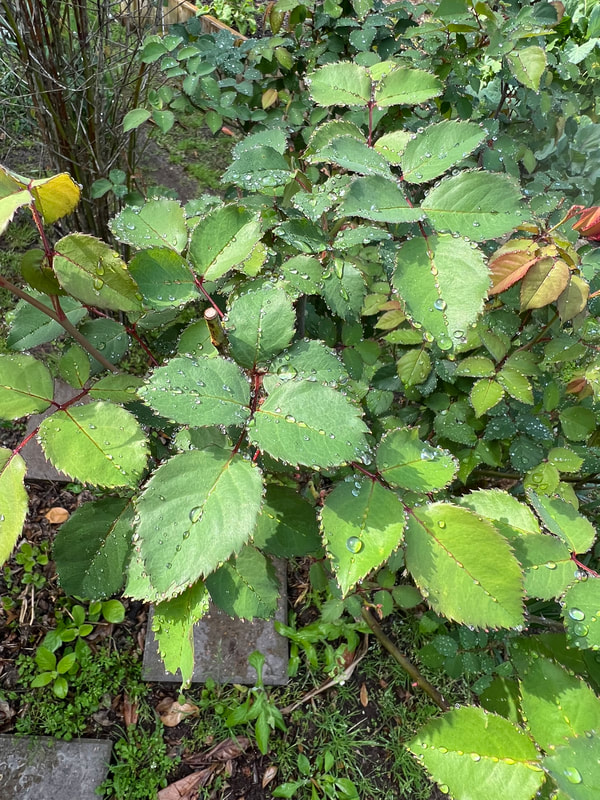
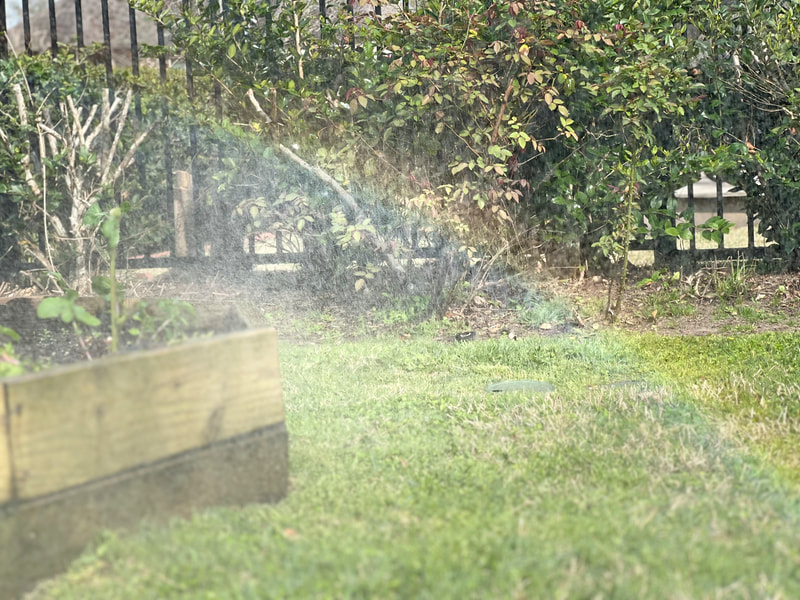
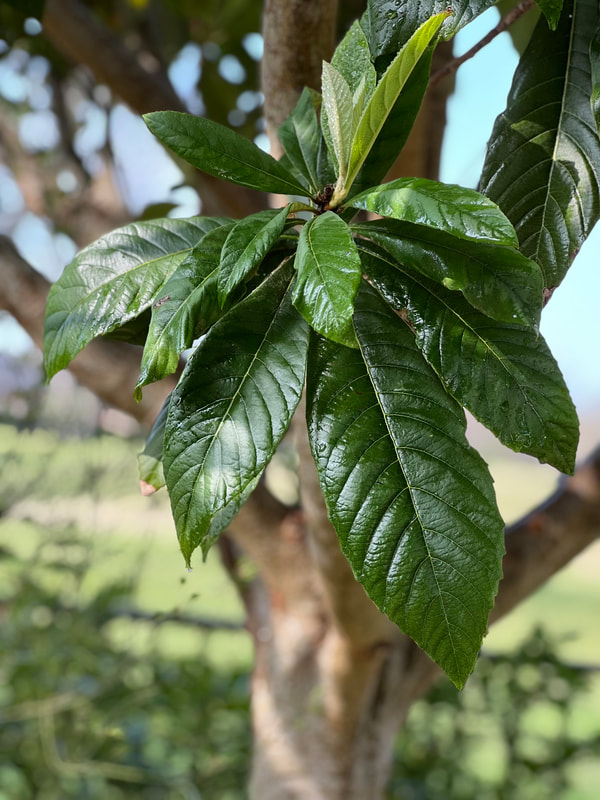
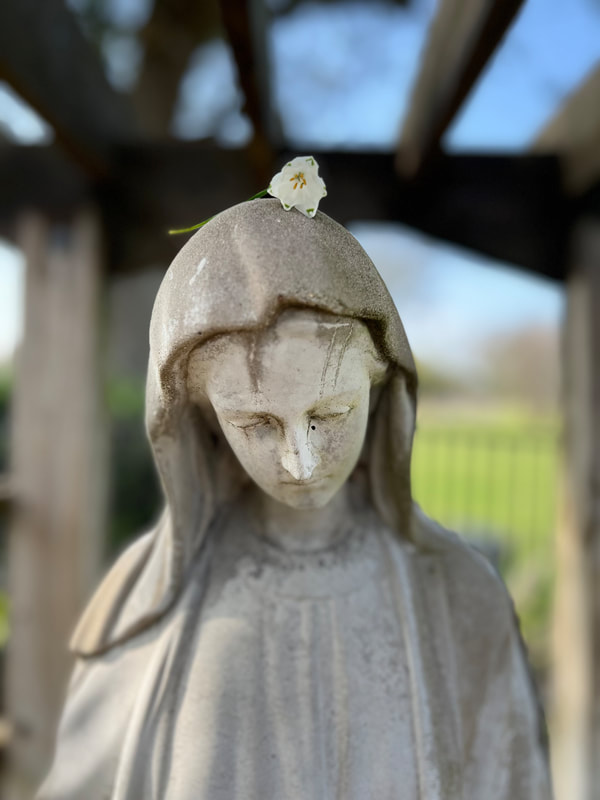
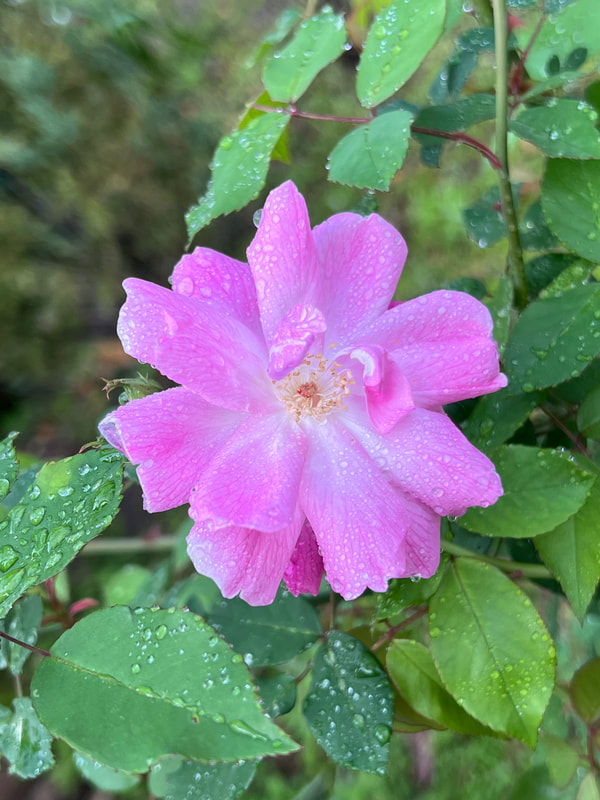
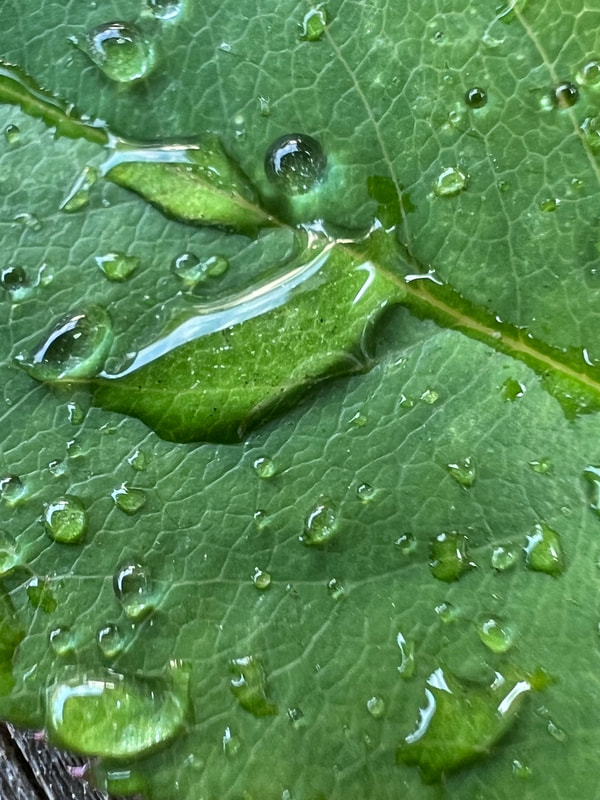
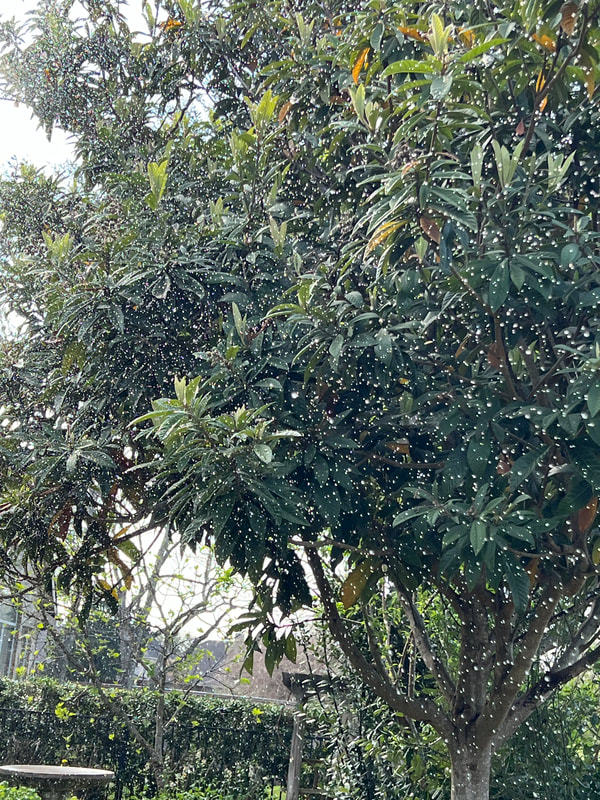
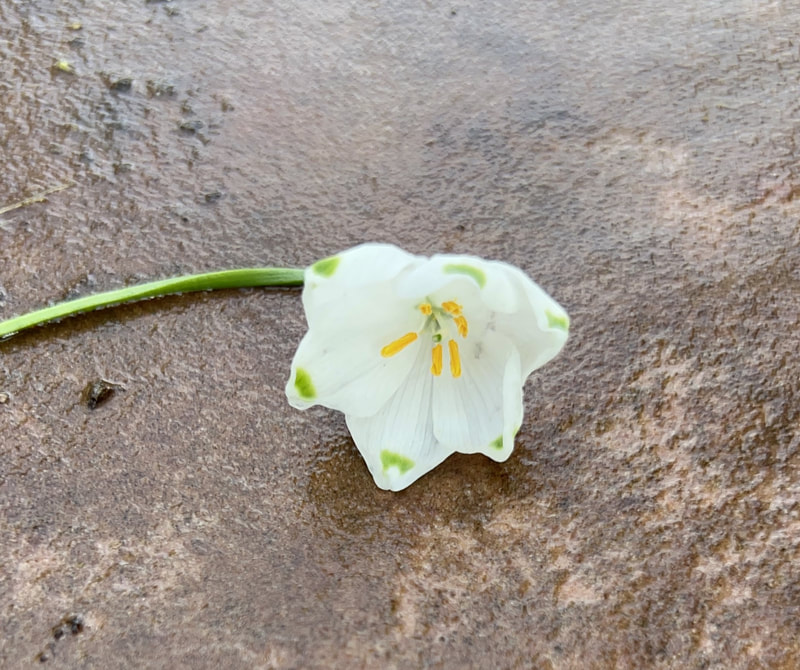
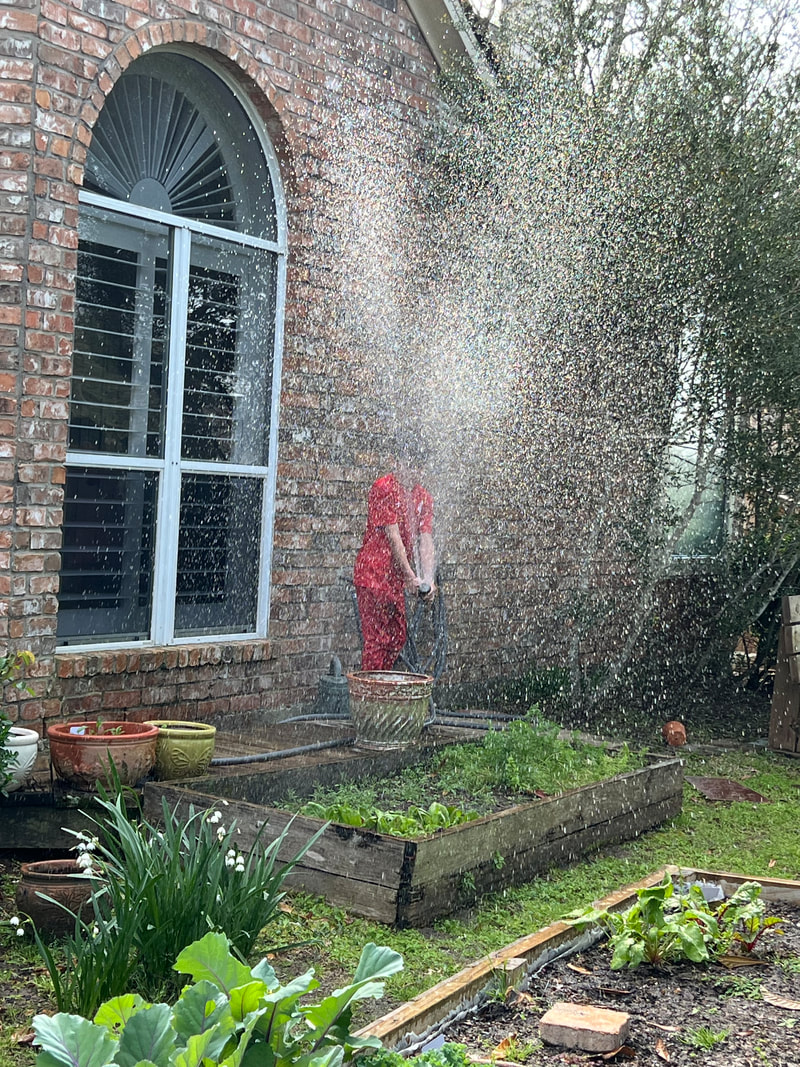
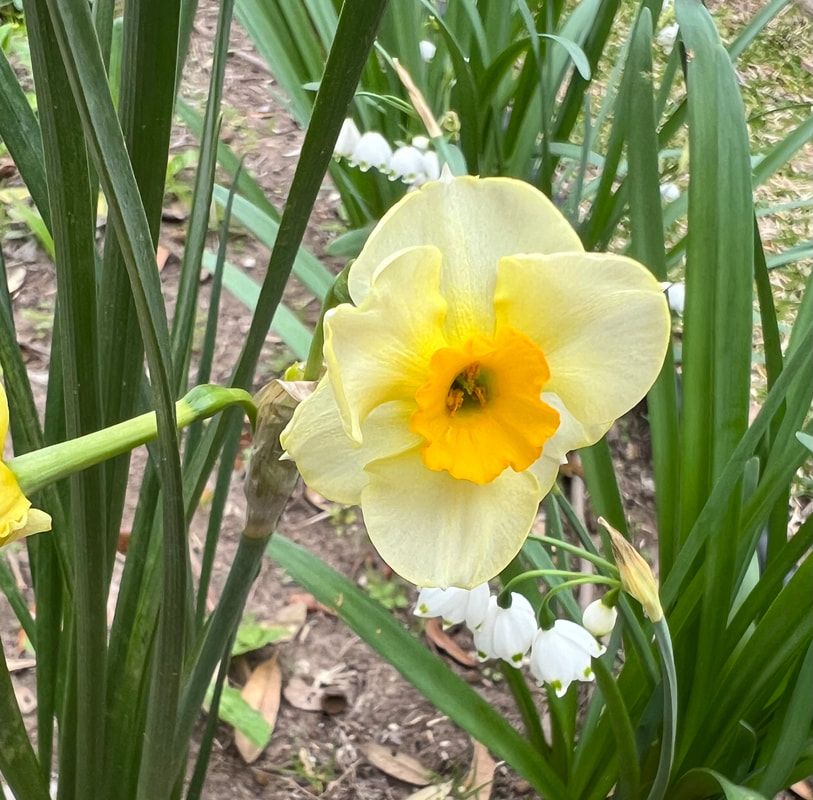
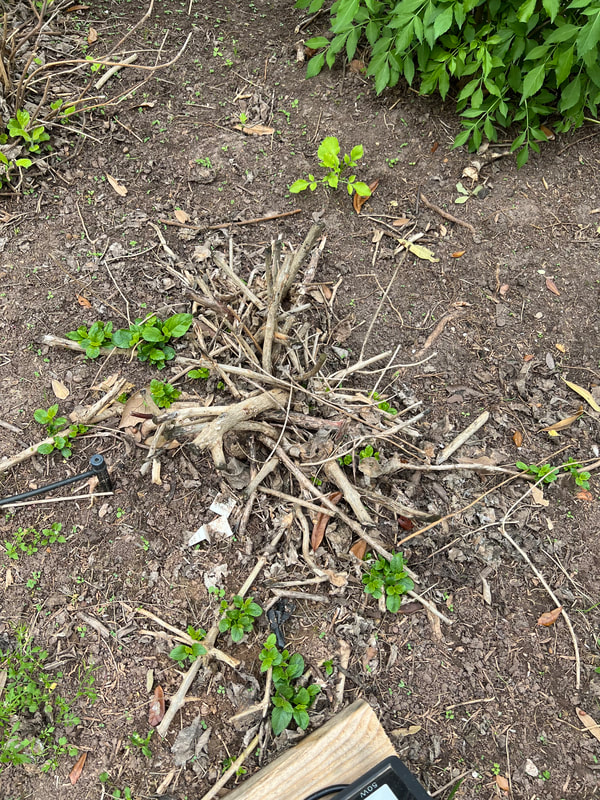
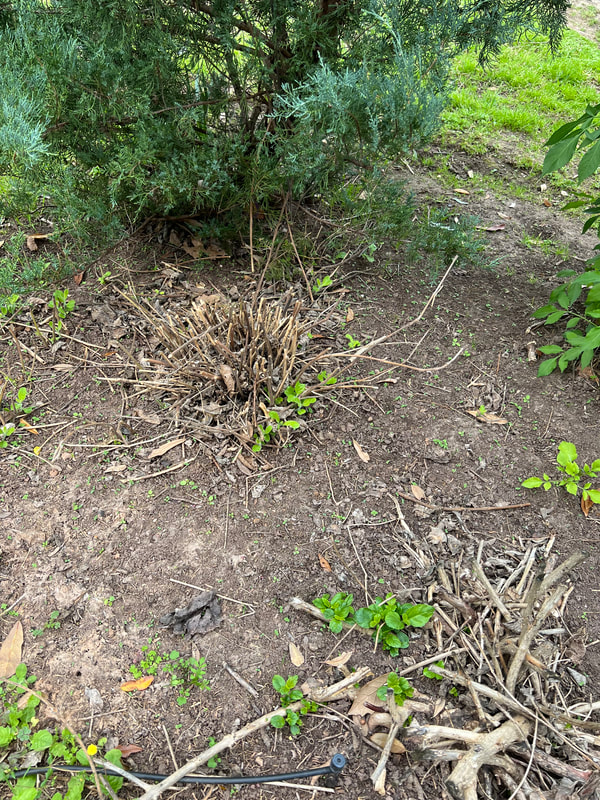
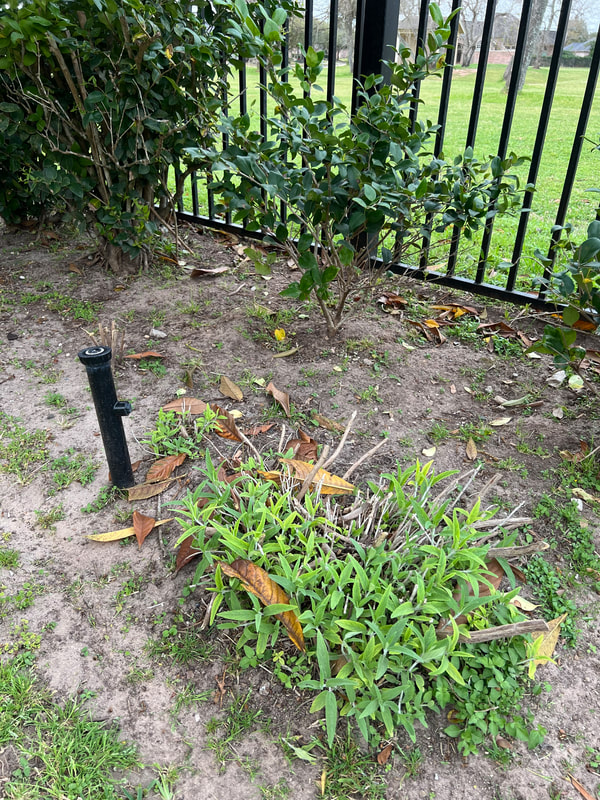
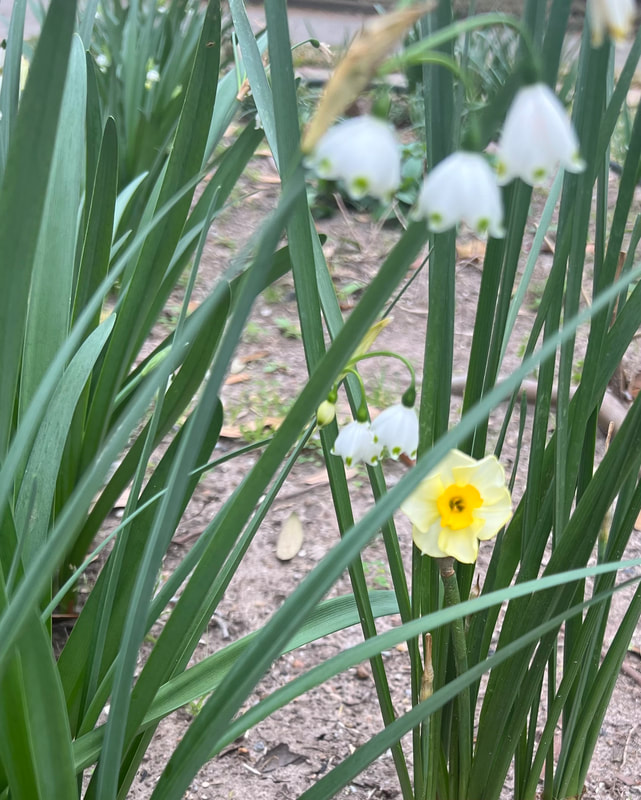
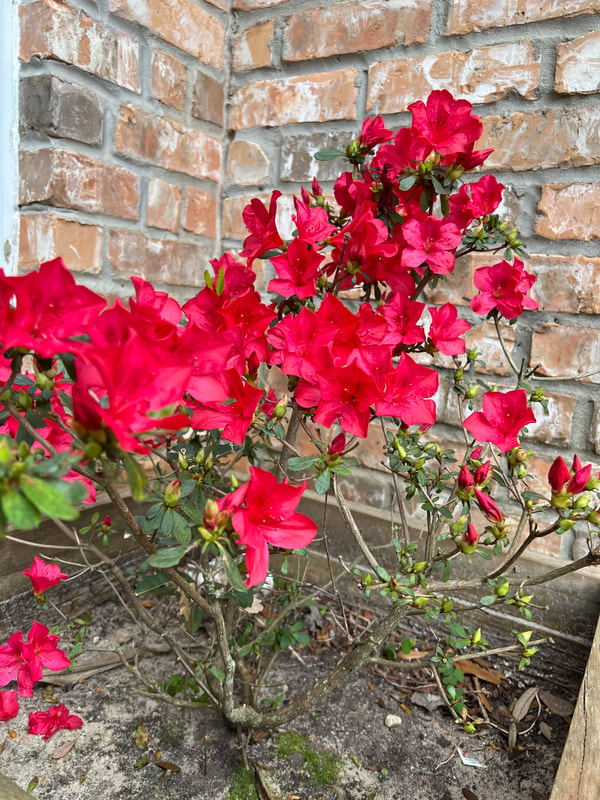
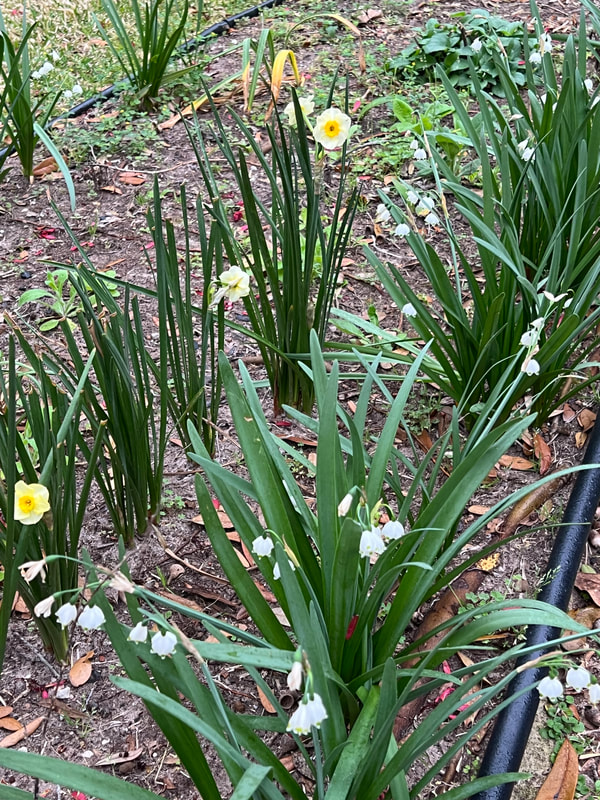
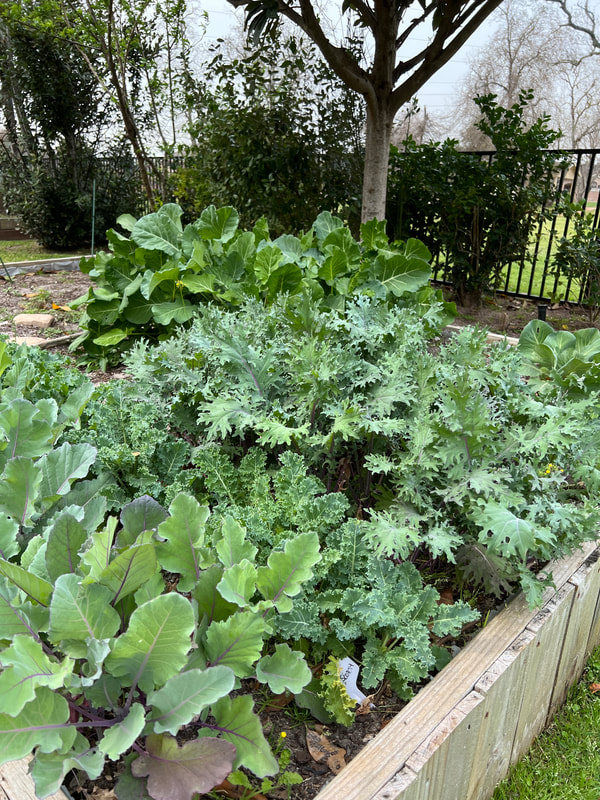
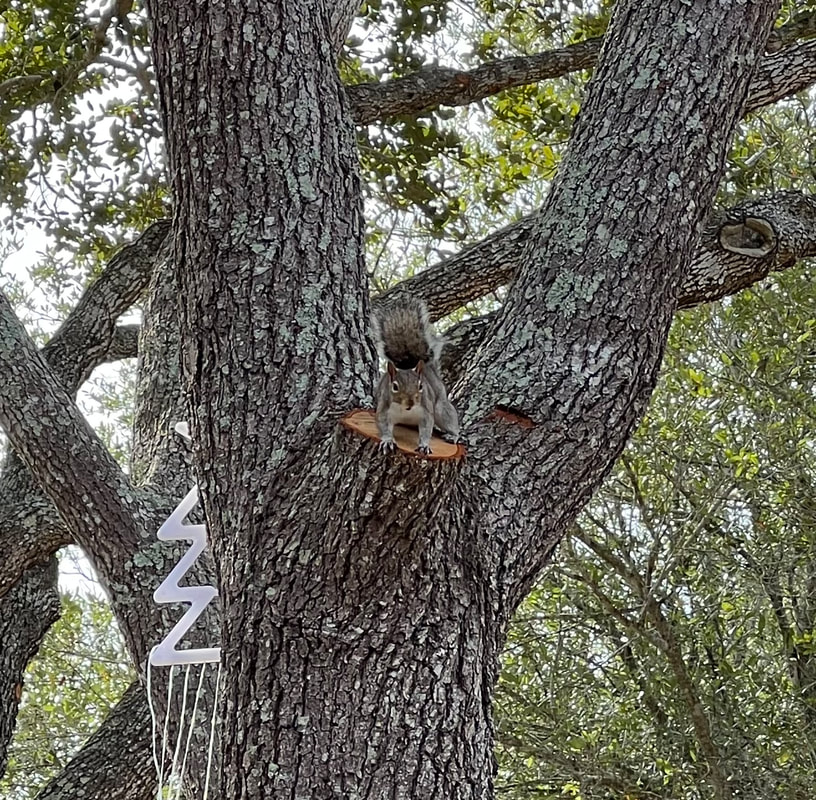
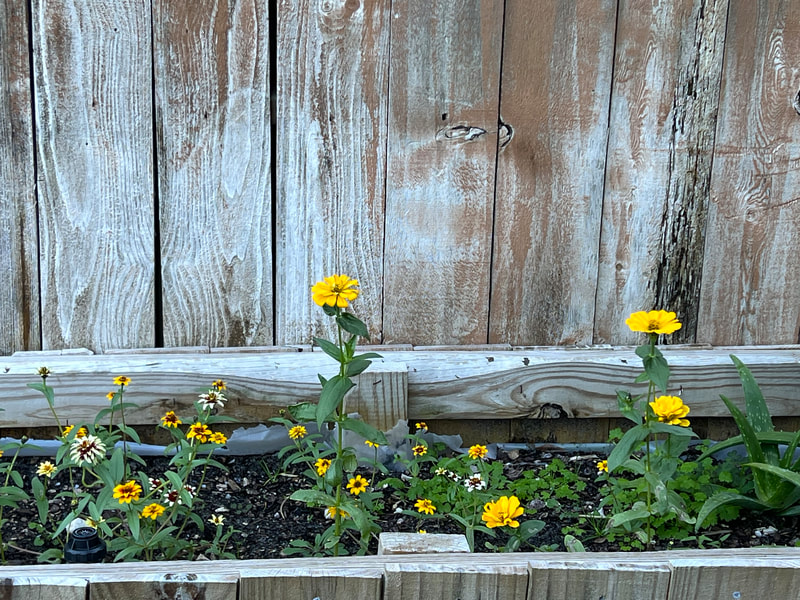
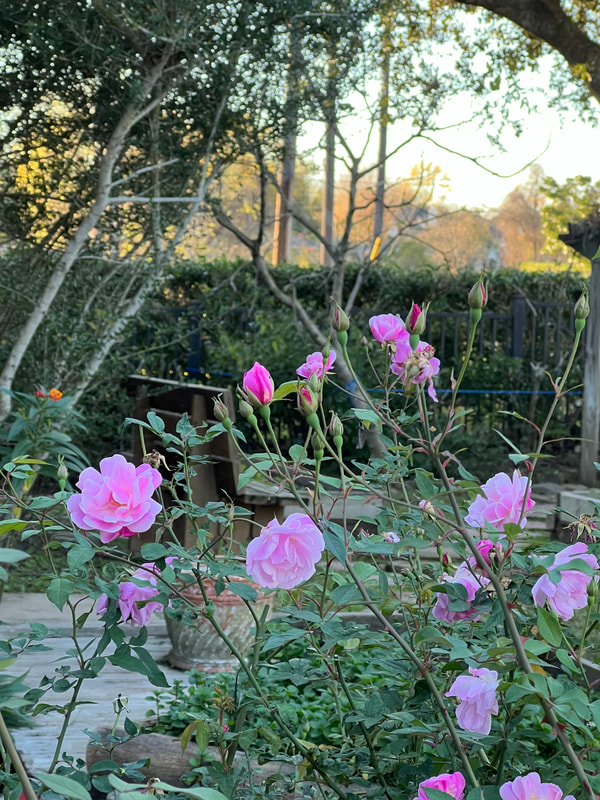
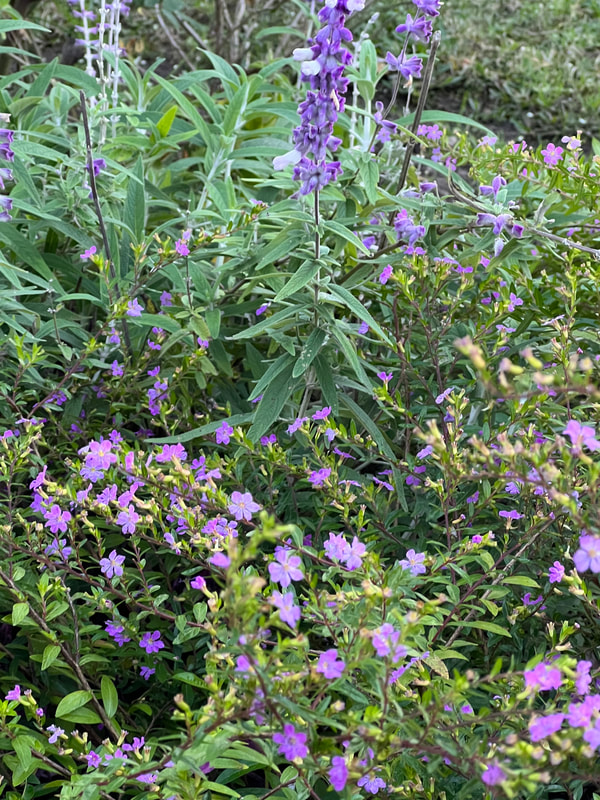
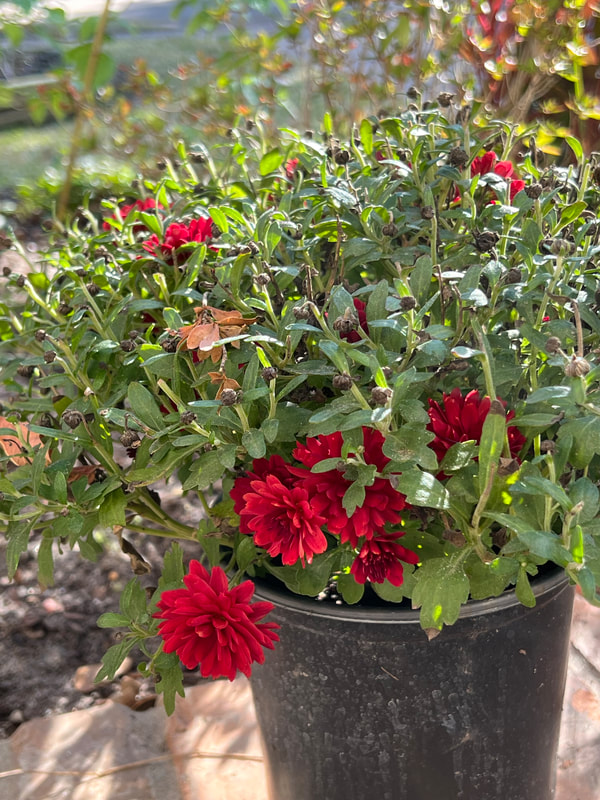
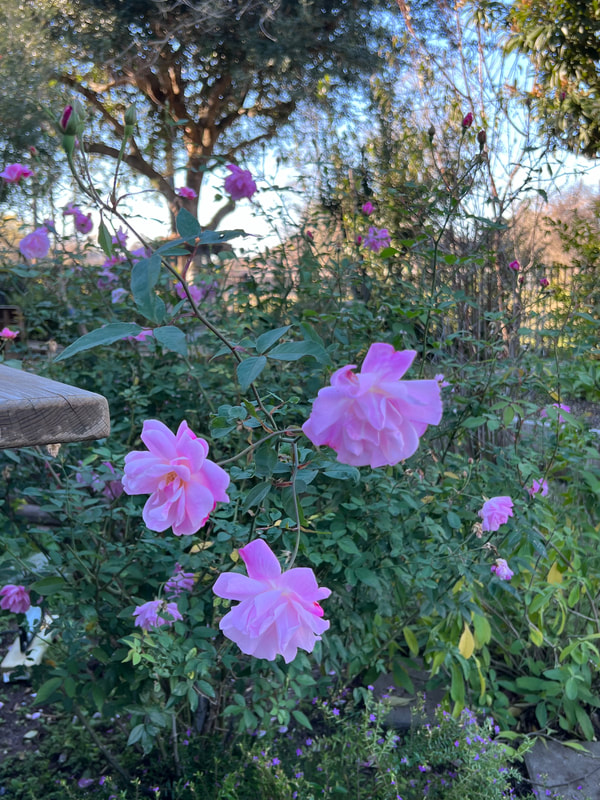
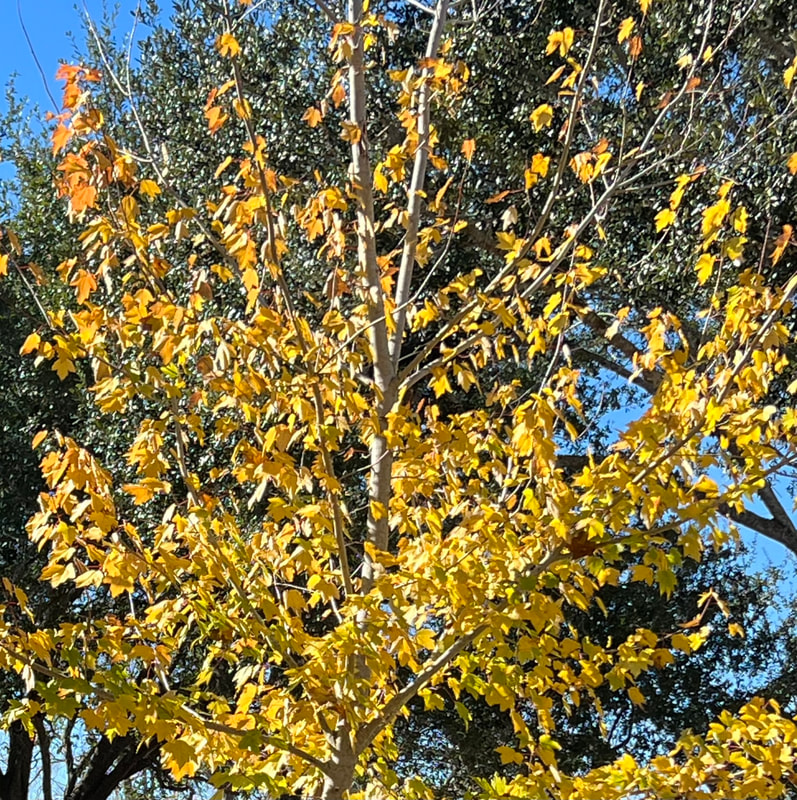
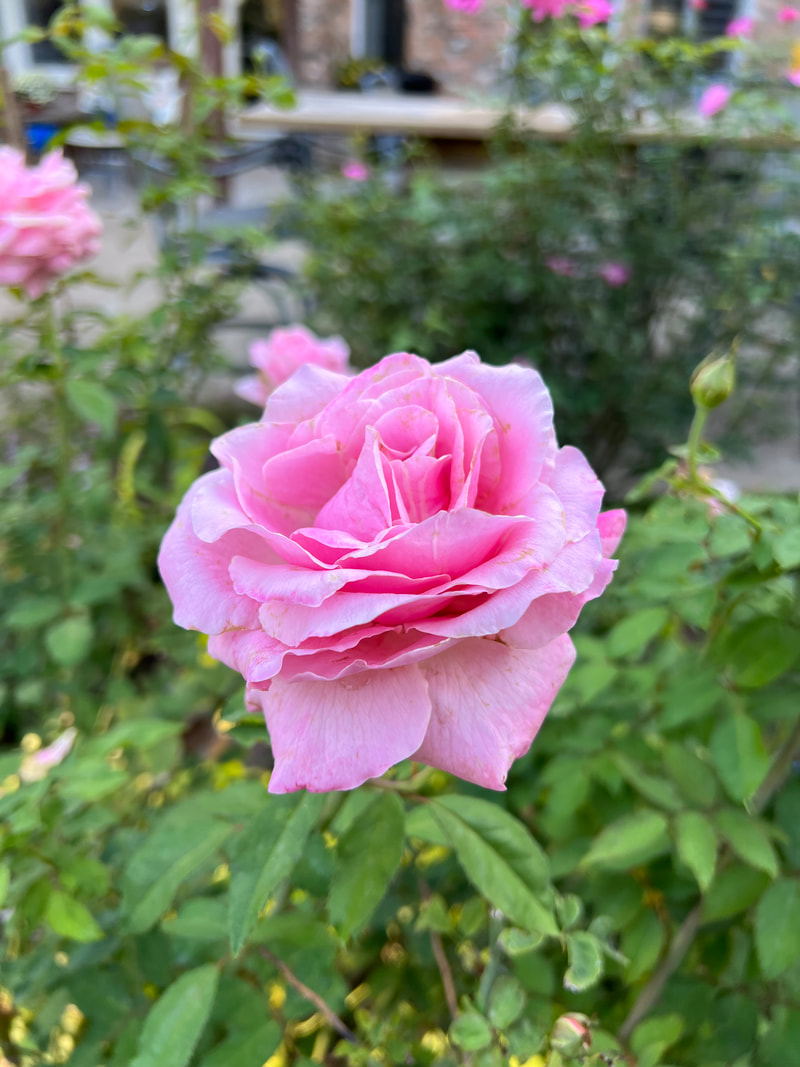
 RSS Feed
RSS Feed